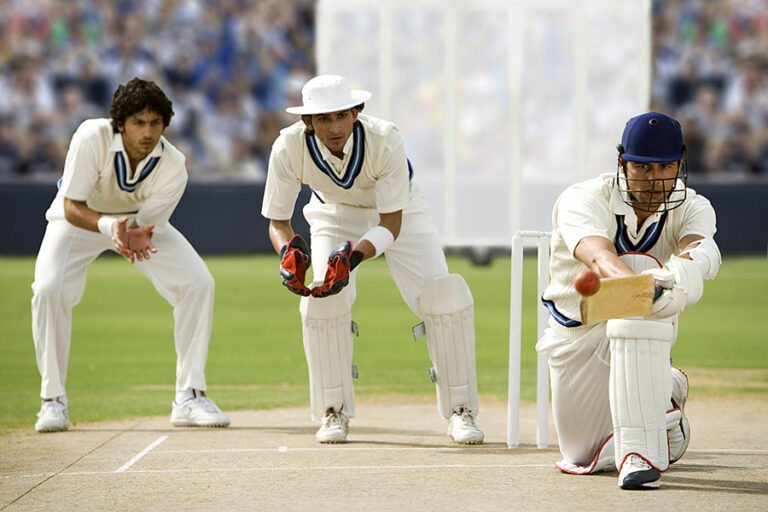Harnessing Virtual Reality for Cricket Training and Strategy Development: Allpanel mahadev, Lotus 365.fun login, All panel login
allpanel mahadev, lotus 365.fun login, all panel login: Cricket is a game of skill, precision, and strategy. With the advancement of technology, virtual reality (VR) has emerged as a game-changer in cricket training and strategy development. VR technology allows players and coaches to immerse themselves in a realistic cricketing environment, enabling them to hone their skills, analyze performances, and strategize more effectively.
Benefits of Virtual Reality in Cricket Training:
1. Realistic Simulation: Virtual reality offers a lifelike simulation of match scenarios, allowing players to practice in a controlled environment that closely resembles actual gameplay.
2. Personalized Training: VR technology enables personalized training programs tailored to individual players’ needs and areas of improvement.
3. Instant Feedback: Coaches can provide immediate feedback by reviewing VR simulations, helping players understand their strengths and weaknesses in real-time.
4. Injury Prevention: Players can practice batting, bowling, and fielding techniques in a safe virtual environment, reducing the risk of injuries during training sessions.
5. Mental Preparation: VR helps players develop mental toughness and concentration by simulating high-pressure situations such as batting in the final over of a match.
6. Team Bonding: VR can be used to facilitate team-building exercises and enhance communication among players, creating a more cohesive and effective team.
Integration of Virtual Reality in Cricket Strategy Development:
1. Match Analysis: Coaches can use VR technology to analyze opponents’ strategies, review match footage, and develop game plans accordingly.
2. Tactical Training: VR simulations can be used to practice specific strategies, such as field placements, bowling variations, and batting techniques, to prepare players for upcoming matches.
3. Strategic Decision-Making: Captains and coaches can simulate different game scenarios, test various strategies, and make informed decisions based on the outcomes in virtual reality.
4. Team Strategy Sessions: VR facilitates collaborative strategy sessions where players and coaches can brainstorm ideas, visualize tactics, and fine-tune their game plans for optimal performance.
5. Performance Evaluation: VR data analytics provide insights into players’ performance metrics, helping coaches identify areas for improvement and make data-driven decisions.
6. Innovation and Experimentation: Virtual reality opens up new possibilities for innovation and experimentation in cricket strategy development, allowing teams to push boundaries and discover new tactics.
Frequently Asked Questions (FAQs):
1. Can virtual reality replace traditional cricket training methods?
Virtual reality is not meant to replace traditional training methods but to complement them. It offers a new dimension to training and strategy development, enhancing players’ skills and performance.
2. Is virtual reality expensive to implement in cricket training?
While VR technology can be initially costly, the long-term benefits it provides in terms of player development and strategic advantages far outweigh the costs.
3. How accessible is virtual reality for amateur cricketers?
VR technology is becoming more accessible to amateur cricketers through VR training apps, VR headsets, and VR-equipped training facilities, allowing players of all levels to benefit from immersive training experiences.
In conclusion, virtual reality is revolutionizing cricket training and strategy development by providing a realistic and immersive learning environment for players and coaches. By harnessing the power of VR technology, cricket teams can enhance their skills, tactics, and performance, ultimately leading to success on the field.







